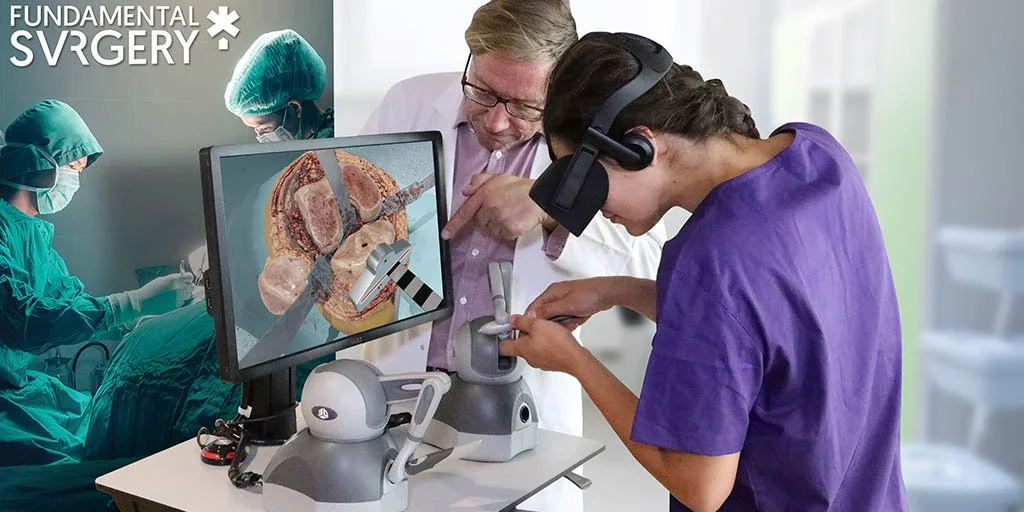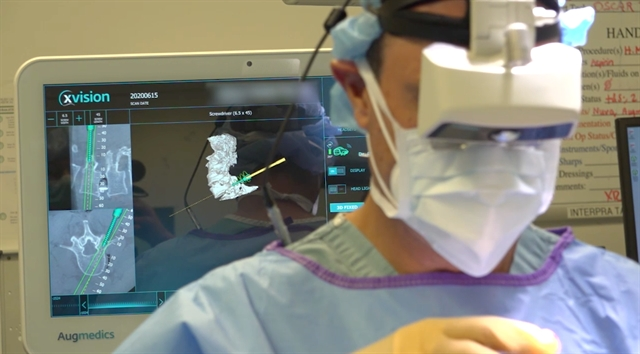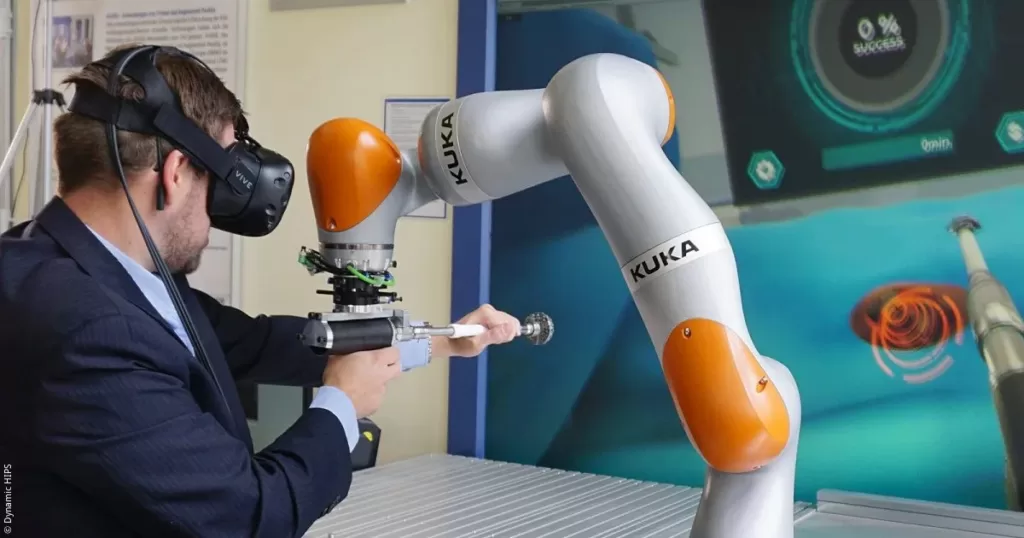Table of Contents
- Introduction
- Why is VR and AR training important for surgeons?
- Benefits of VR and AR training for surgeons.
- Examples of VR and AR training simulations for surgeons.
- The future of VR and AR training for surgeons.
- Conclusion
- FAQs (Frequently Asked Questions)
Introduction
Virtual Reality (VR) and Augmented Reality (AR) have rapidly revolutionized the field of surgery. Surgeons, tasked with intricate procedures and high-stake operations, benefit immensely from VR and AR training simulations. These technologies offer a realistic and immersive environment for surgeons to practice, enhance their skills, and prepare for complex surgeries. In this article, we’ll delve into the importance, benefits, examples, and the future of VR and AR training for surgeons.
Why is VR and AR training important for surgeons?
Enhancing Surgical Expertise
Surgeons must possess an in-depth understanding of human anatomy and physiology along with exceptional manual dexterity. Traditional training methods involve practicing on cadavers and animal models, which have their limitations. Cadavers lack the realism of living patients, and animal models often do not accurately represent human anatomy and physiology. VR and AR training simulations bridge these gaps effectively.
Realism and Immersion
VR simulations can create lifelike 3D models of human anatomy and physiology, offering an unparalleled level of realism. AR simulations overlay digital information onto the real world, making it possible to display crucial details such as the location of blood vessels and nerves. This real-world interaction adds a new dimension to surgical training.
Benefits of VR and AR training for surgeons
Improved Training Efficiency
VR and AR training simulations significantly enhance the efficiency of training for surgeons. They allow surgeons to learn new procedures and improve their skills more rapidly and effectively compared to traditional training methods.
Reduced Risk of Complications
These simulations help surgeons identify and avoid potential complications during surgery. By practicing in a risk-free environment, surgeons can refine their techniques and decision-making skills.
Increased Patient Safety
VR and AR training simulations contribute to increased patient safety. Surgeons who have trained in immersive simulations are better equipped to perform complex procedures safely and accurately, reducing the risk of errors.
Examples of VR and AR training simulations for surgeons
1. VR Surgical Simulator
The VR Surgical Simulator offers a wide range of surgical procedures for practice, including laparoscopy, hysterectomy, and cholecystectomy. Surgeons can refine their skills and gain valuable experience before entering the operating room.

2. AR Surgical Navigation
This AR system overlays essential digital information onto the real world, aiding surgeons in locating blood vessels and nerves accurately during surgery. The enhanced visibility contributes to safer and more precise procedures.

3. VR Haptic Training Simulator
The VR Haptic Training Simulator takes training to the next level by providing haptic feedback. Surgeons can physically feel the resistance of tissue and organs, honing their manual dexterity for complex surgical procedures.

The future of VR and AR training for surgeons
VR and AR training simulations are still in their early stages, but they hold tremendous potential for revolutionizing surgery. As VR and AR technology advances, we can anticipate even more sophisticated and lifelike training simulations becoming available. These innovations will continue to enhance surgical training and, ultimately, improve patient outcomes.
Conclusion
In conclusion, VR and AR training simulations are reshaping the future of surgery. Surgeons are now equipped with tools that improve training efficiency, reduce complications, and enhance patient safety. As technology evolves, so too will the capabilities of these simulations, ensuring that the future of surgery is brighter and more precise than ever.
FAQs (Frequently Asked Questions)
Q1: How do VR and AR training simulations benefit surgeons?
A1: VR and AR training simulations improve surgical training efficiency, reduce the risk of complications, and enhance patient safety.
Q2: What are some examples of VR and AR training simulations for surgeons?
A2: Examples include VR Surgical Simulators, AR Surgical Navigation systems, and VR Haptic Training Simulators.
Q3: What does the future hold for VR and AR training for surgeons?
A3: As technology advances, we can expect even more realistic and sophisticated training simulations to become available, further revolutionizing surgical training.

